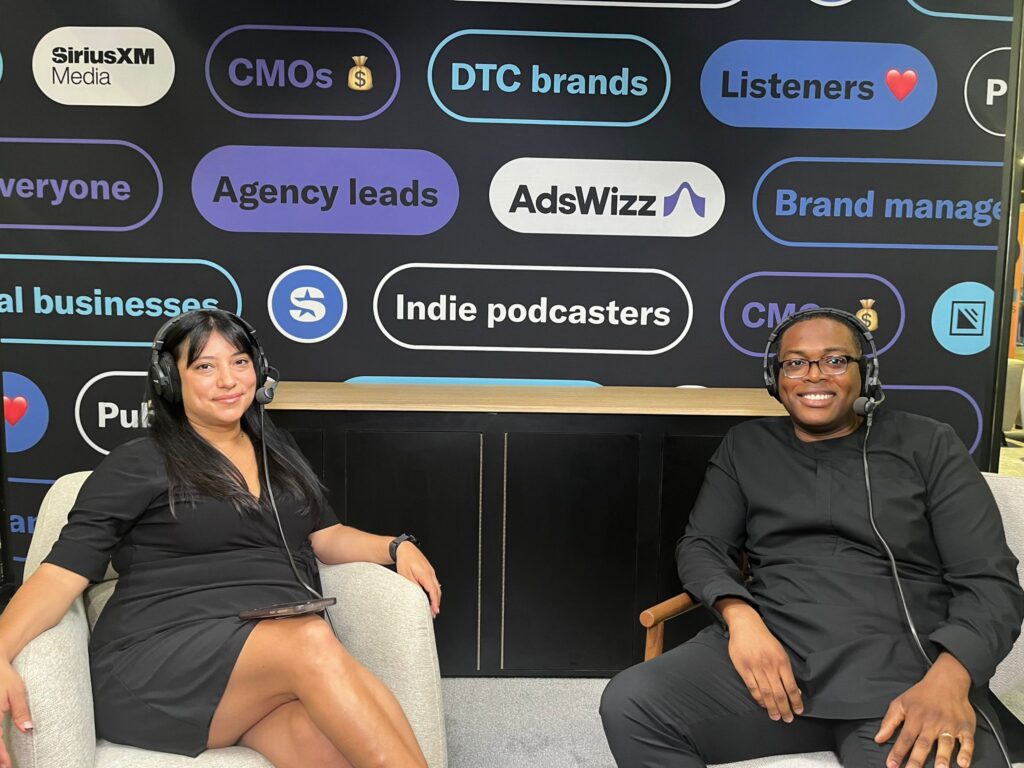Advertisers are constantly seeking innovative ways to connect with their target audiences on a deeper and more emotional level.
One such strategy that has gained significant traction is mood targeting.
Understanding the emotions of consumers and tailoring ad campaigns accordingly can lead to more impactful and memorable interactions.
Background
Traditional advertising often focuses solely on demographics and interests to reach target audiences.
However, with advancements in technology and data analytics, advertisers now have the ability to go even deeper into consumer psychology.
Mood targeting involves analyzing the possible emotional state of individuals and delivering ads that align with or evoke specific emotions in them.
Defining Mood Targeting
Mood targeting is a digital advertising strategy that aims to deliver ads based on the emotional state of the target audience.
It involves leveraging data insights to understand the mood, sentiments, and preferences of consumers, allowing advertisers to tailor their messaging and creative content accordingly.
For example, a report by Kantar found that music in advertisements can impact how the audience perceives and engages with the ad, providing the opportunity to make it memorable and impactful.
Benefits of Mood Targeting
Increased Relevance: By evoking specific emotions from the audience, advertisers can deliver more relevant and personalized ad experiences, leading to higher engagement rates.
Wide Reach: Advertisers can leverage Atunwa Digital’s over 100 media partners to reach audiences across Africa and the world.
Improved Brand Perception: Ads that trigger certain emotions are more likely to leave a lasting impression and positively influence brand perception.
Improved Conversion Rates: When ads evoke emotional responses, they are more likely to drive actions such as clicks, purchases, and other conversion actions.
Read Also: How Africans Consumed Digital Audio Content in 2023
Better Ad Recall: Emotional ads tend to be more memorable, increasing the likelihood that consumers will remember the brand and its message long after seeing the ad.
Why Mood Targeting is Important
Consumers are often bombarded with countless ads vying for their attention.
Mood targeting offers advertisers a way to cut through the noise and create meaningful connections with their audience.
By understanding the emotional context in which consumers are interacting with content, advertisers can deliver messages that resonate on a deeper level, creating stronger brand-consumer relationships.
In a 2017 report by Capgemini that surveyed 9,000 consumers, it was gathered that emotions have the strongest impact in driving consumer loyalty.
The report also found that 82% of consumers with high emotional engagement would always buy from the brand they are loyal to when making purchasing decisions (compared to 38% of consumers with low emotional engagement).
Types of Moods to Target
Happiness: Ads that evoke feelings of joy, positivity, and celebration are ideal for targeting consumers in a happy mood, such as during holidays or special occasions.
Excitement: For consumers seeking adventure, thrill, or excitement, ads that evoke a sense of anticipation and thrill can capture their attention and drive engagement.
Relaxation: In moments of relaxation and leisure, ads that promote comfort, tranquility, and relaxation can strike a chord with consumers looking to unwind and escape.
How Advertisers Can Use Mood Targeting
Creative Content: Advertisers can develop ad creatives that align with the targeted mood, using visuals, messaging, and music that resonate with the audience’s emotions.
Contextual Targeting: Advertisers can deliver ads in contexts where consumers are likely to be in a specific mood, such as during specific times of year or in response to certain events or trends.
As digital advertising continues to evolve, leveraging mood targeting will become increasingly essential in creating impactful and memorable ad experiences.
Atunwa Digital helps advertisers gain access to premium inventory of diverse audiences via the Atunwa Digital Marketplace self-serve dashboard.
The marketplace also provides a variety of targeting parameters + innovative features to drive conversions. See below for some examples of targeting available
















